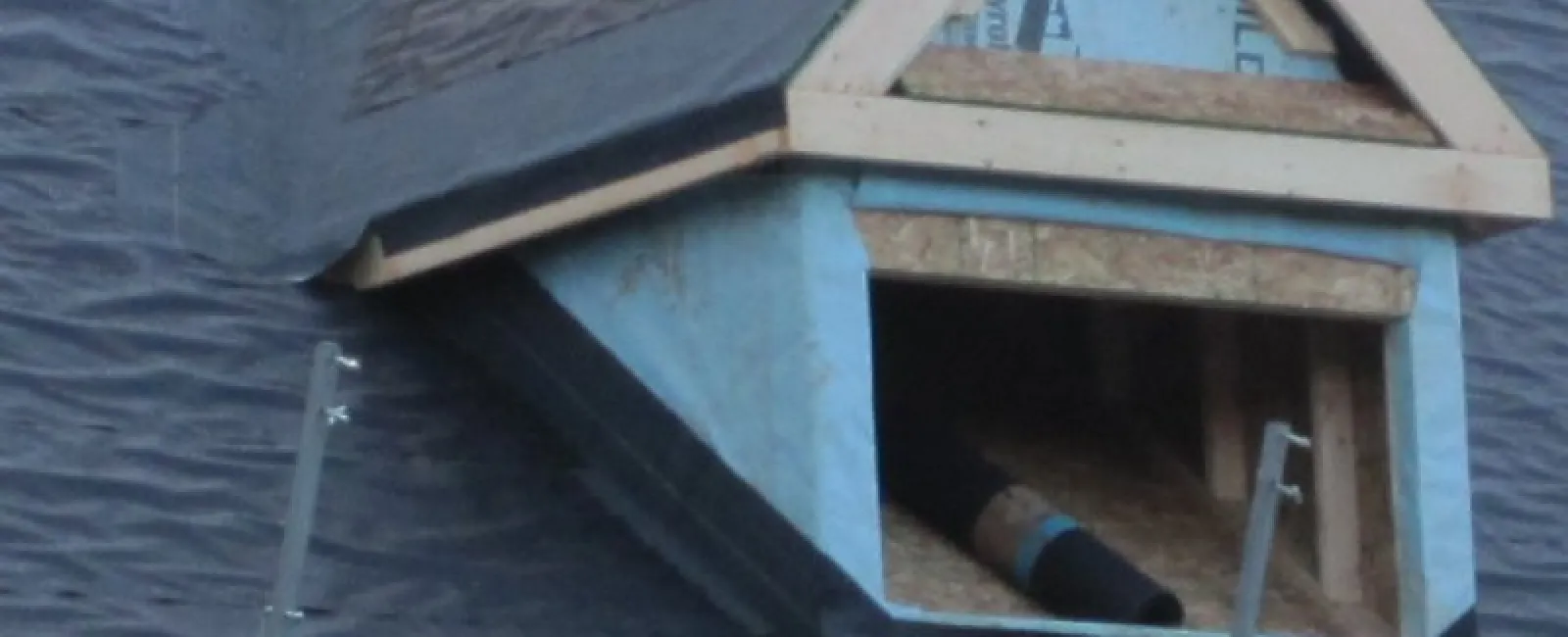That layer of tiles or shingles on the top of your roof is supported by moisture barrier, a second layer of what is usually made from a felt material. What type of roofing felt does your roof need? Read on to learn the basics:
Types of Felt
Roofing felt has evolved over the years. Now there are several different kinds available for your roofing, including:
- Asphalt Felt: This is the traditional type of roof felt. It is made from felt paper that is dipped or otherwise saturated in asphalt. This gives the felt greater durability and also makes it water resistant, which is why the process is used. As for the felt itself, it can be made from either fiberglass strands or cellulose materials.
- Rubberized Asphalt: Roof felt can also refer to rubberized asphalt sheets. These sheets are a much more modern version of felt that often comes with an adhesive layer that allows the sheets to be swiftly applied. These rubberized layers have polymer coatings and tend to be more waterproof than traditional roofing felt.
Roofing Felt Weight
If you see numbers attached to felt, they are probably referring to its weight. The weight of the felt is very important, because it controls both how much felt can be safely applied to the roof, and how much protection the felt provides.
Most residential rooftops use 15 or 30 pound roof felt. In drier areas, lighter roofing felts may be used. Your top layer of roofing materials is also an important factor: Shingles are typically installed with 15-pound felt as a matter of course (the thinner felt gives the shingles room to “breathe”), but alternatives may require heavier felt for additional protection.
The felt layer may also be available in a number of different widths – a common width size is 36-inches. While smaller widths may be necessary for delicate work, larger widths are advantageous because you can cover a roof with felt and leave fewer seams behind. Fewer seams means fewer possibilities for those weak points to develop leaks.
The Best Type of Felt for You
What type of felt underlayment do you need? That depends on your situation, so contact a professional if you aren’t sure. Generally if a rooftop has a slope of 4:12 or higher, a single layer of 15-pound roofing felt is ideal. Lower slopes generally need a double layer or weightier felt, because it is easier for water to seep into these rooftop areas instead of quickly draining down into the gutters.
Weather also plays an important role in felt decisions. Heavier felt or extra layers are important if you live in an area that gets snowfall each year, or one that faces heavy winds, which can drive water up between shingles. Ice and snow may also be a sign that you need extra membrane layers, especially at the edges of your roof.



